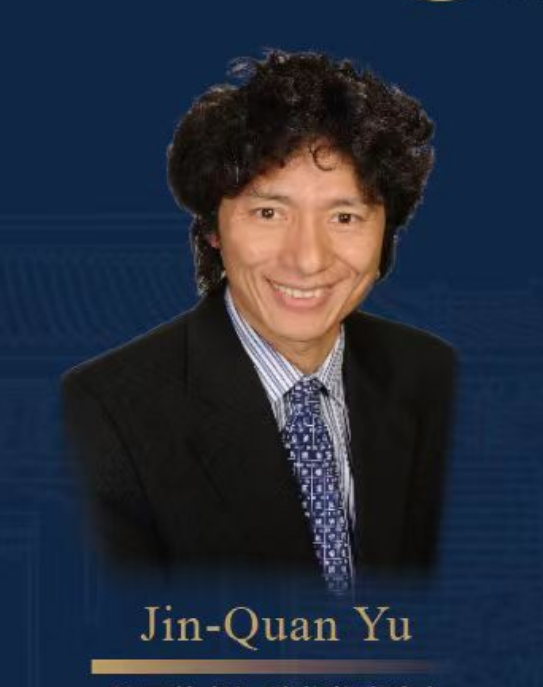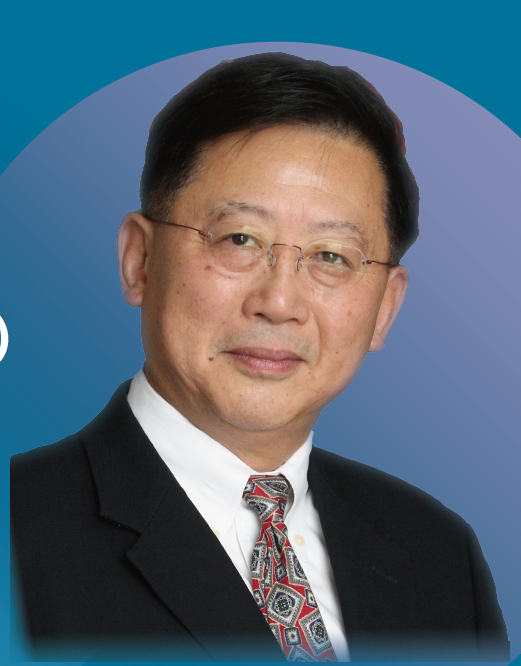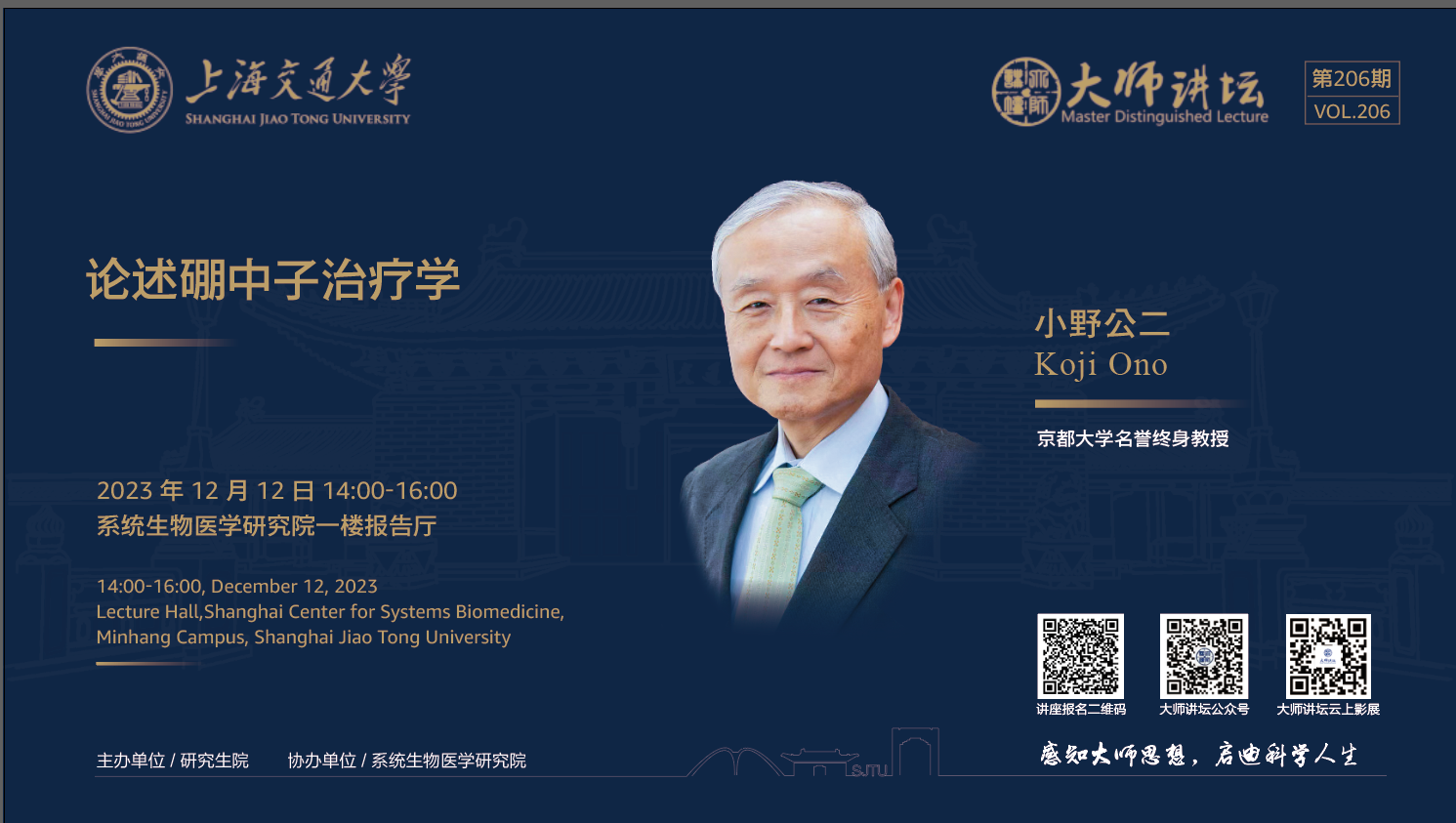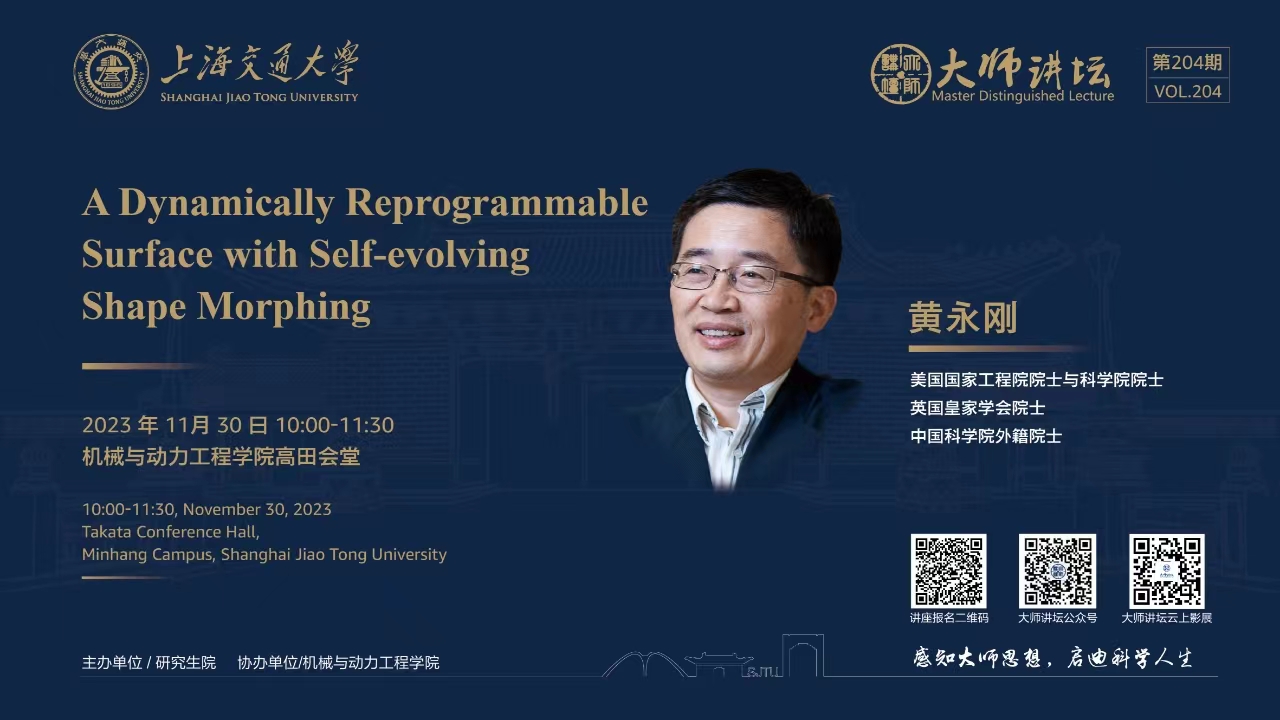【大师讲坛】第194期:Nanoimprint and Nano-Enabled Artificial Intelligence for Instant Mobile Self-Test (iMOST)
Nanotechnology is undoubtedly one of the most important technologies in the 21st century, impacting a very broad range of scientific research and industries, from semiconductor ICs, and data storage, nanophotonics, batteries, displays, light emitting diodes, optical communication, virtual reality, biotechnology, medicine, security features, to name just a few. However, the full potential of nanotechnology cannot be utilized, unless we have a nanomanufacturing technology that can manufacture nanostructures with high throughput and low cost.
Of all existing technologies for manufacturing well-defined nanostructures, nanoimprint clearly is one of the most promising ones. Nanoimprint has a unique combination of attributes, including the highest resolution (0.3 nm!), the smallest pitch (<10 nm), large-area (e.g. wall-paper size), high-throughput and low cost, that are unmatchable by other existing methods. As a result, nanoimprint has emerged as one of the most important manufacturing technologies in the 21st century, and is rapidly evolving into a multi-billion-dollar industry. As the inventor of nanoimprint, the author will present his view overview on the status and future of nanoimprint in research and industrialization.
Furthermore, the author will discuss another groundbreaking technology innovation called iMOST™ (instant Mobile Self-Test) – a new platform for healthcare test, that he has invented and developed*. iMOST is designed to offer instant mobile personal self-medical-diagnostic testing that is accurate, reliable, simple to use, affordable to everyone, and can be used anywhere and anytime. iMOST achieved its goals by outside-the-box thinking and a new paradigm, that is fundamentally different from the traditional and that successfully removes several key roadblocks in testing outside a lab.
The new paradigm has the following unique features: (i) “Fault-Tolerant” (ii) “One Device for All” and (iii) low-cost, portable and scalable. The new paradigm is uniquely achieved by using nanotechnology, advance imaging, Nano-Enabled Artificial intelligence/Machine-learning (NEAM) and new bio/chemical processes into diagnostic testing. iMOST is poised to replace traditional, expensive, time-consuming lab test, significantly impacting future telemedicine.
* The iMOST work was performed at Essenlix Corp
































